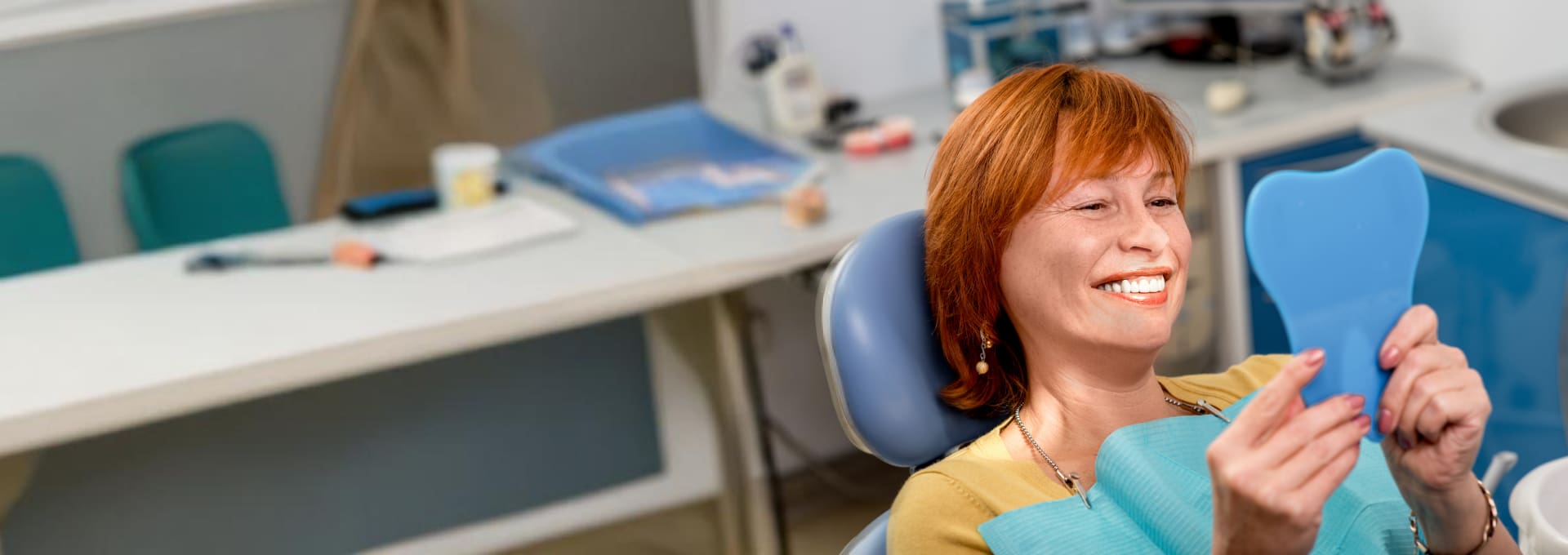Restore Your Confidence with Dental Implants
At Loves Park Family Dental and Orthodontics, we specialize in advanced dental implant solutions to help you regain confidence and improve the functionality of your smile. Dental implants provide a permanent and reliable option that looks, feels, and functions just like natural teeth. Wondering if dental implants are the right choice for you? During your personalized consultation, our experienced team will evaluate several key factors to ensure the best outcome for your unique smile.
Determining Your Candidacy for Dental Implants
1. Overall Oral Health
A strong, healthy foundation is crucial for successful dental implant placement. During your consultation, we’ll thoroughly evaluate your oral health, checking for gum disease, tooth decay, or other conditions that could affect the success of your implants. Addressing these concerns in advance ensures that your oral environment is healthy, providing a strong foundation for lasting results.
2. Bone Density
Dental implants rely on your jawbone for support. At Loves Park Family Dental and Orthodontics, we use advanced imaging technology to assess your bone density and determine if your jaw can adequately support implants. If additional support is required, we may recommend bone grafting or other preparatory procedures to create a solid foundation for your new smile.
3. Medical History
Your overall health plays a key role in determining your eligibility for dental implants. Certain medical conditions, such as uncontrolled diabetes or autoimmune disorders, can impact healing and implant success. Our team will carefully review your medical history to ensure that dental implants are a safe and effective option for you.
4. Age and Growth
While dental implants are an excellent solution for adults, younger patients may need to wait until their jawbones are fully developed. We evaluate each patient’s growth stage to determine the ideal timing for treatment, ensuring the best possible long-term stability and results.
5. Personalized Treatment Planning
If dental implants are the right choice for you, we’ll create a personalized treatment plan tailored to your unique needs. From the initial consultation to post-operative care, our compassionate team will guide you through every step of the process. We’ll explain the procedure in detail, address any questions, and ensure your comfort at every stage of your journey.
At Loves Park Family Dental and Orthodontics, we’re committed to helping you achieve optimal oral health and a confident, radiant smile. If you’re considering dental implants, schedule your consultation today. Let us help you restore your smile with the care and expertise you deserve!
